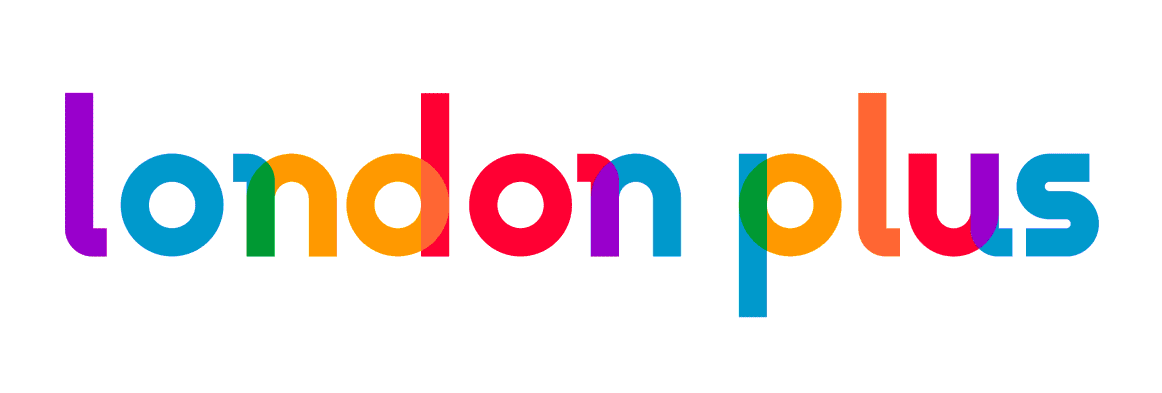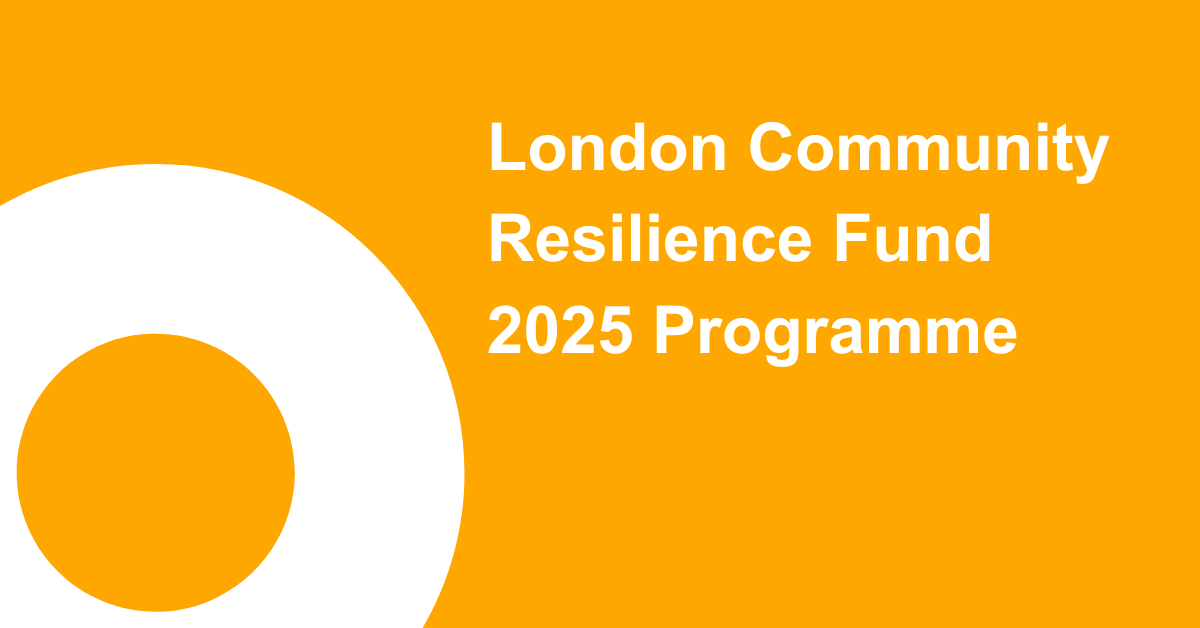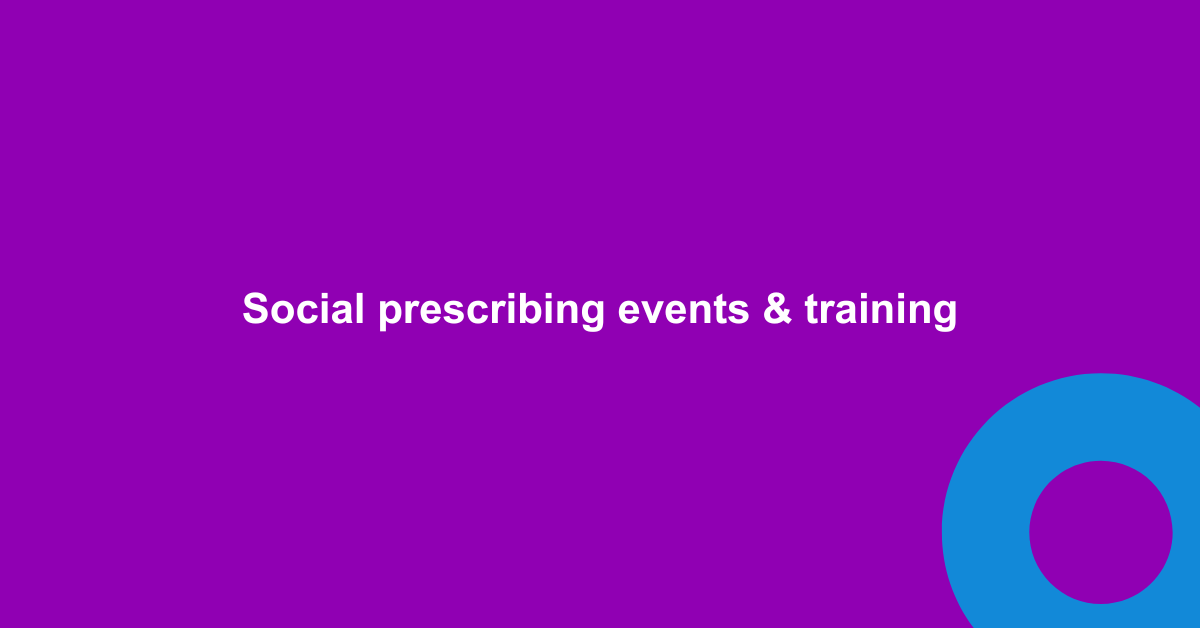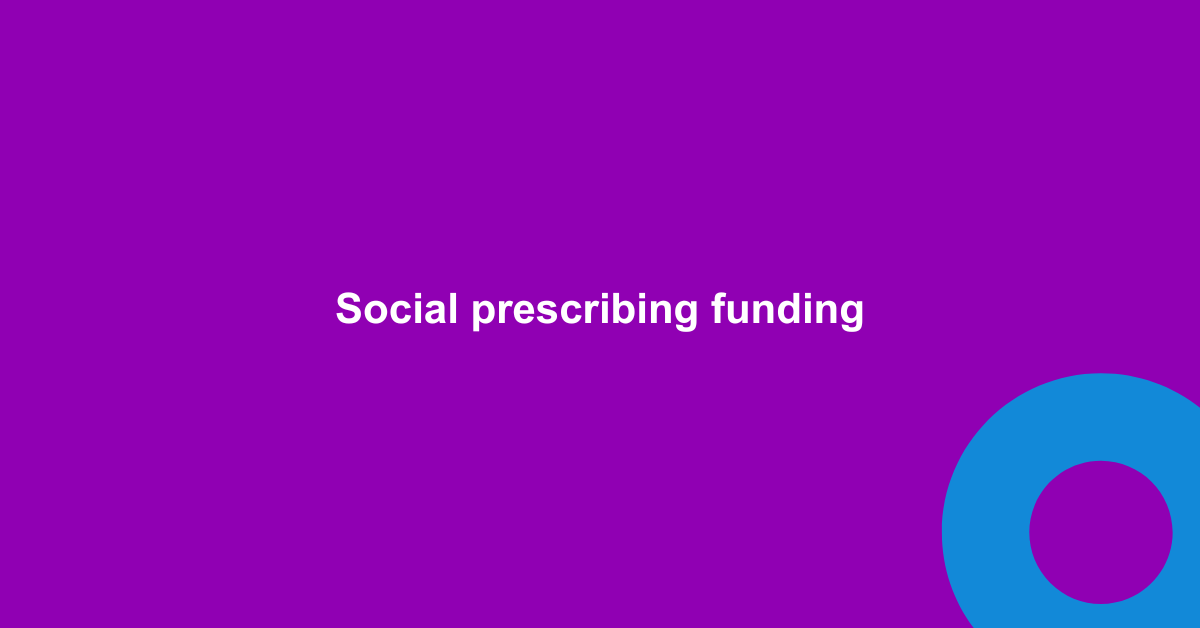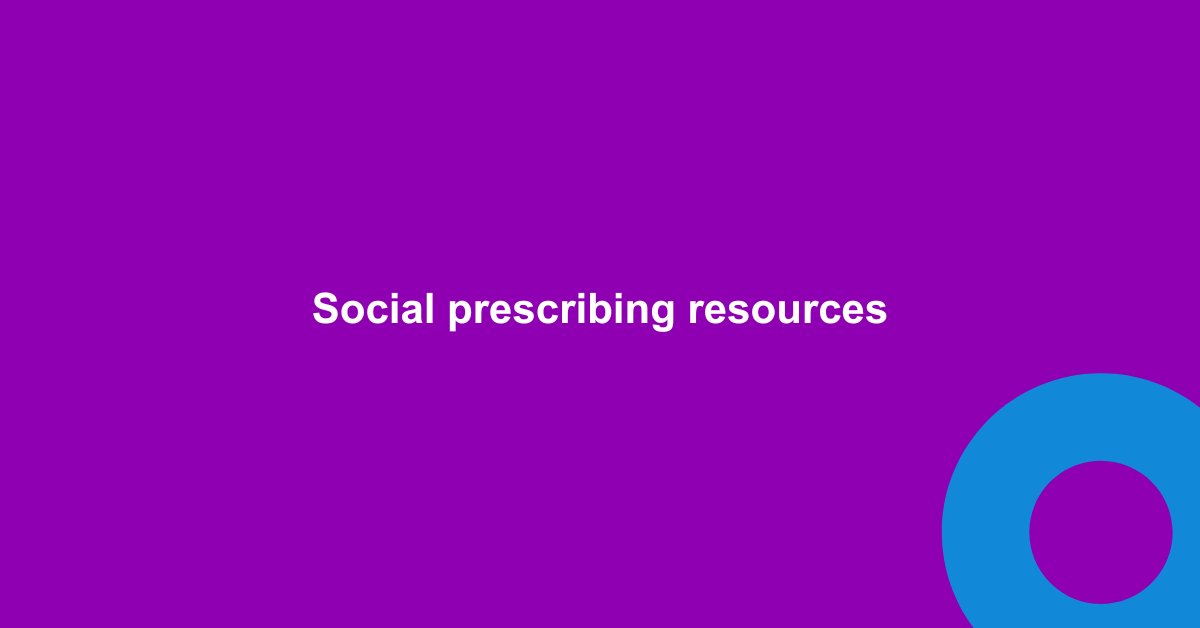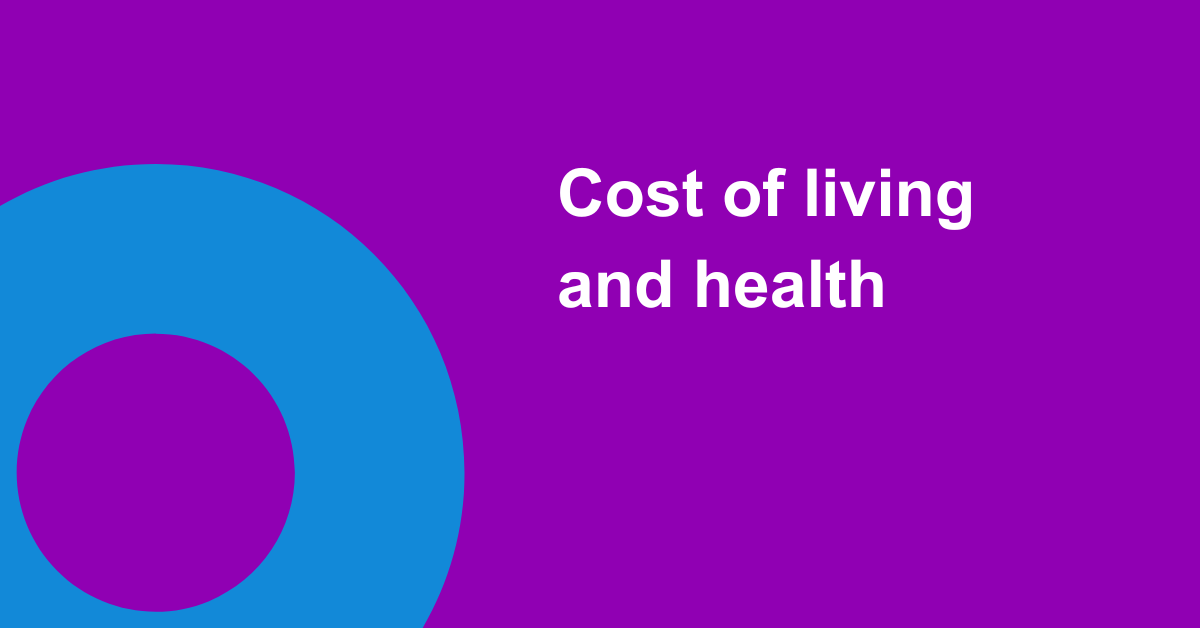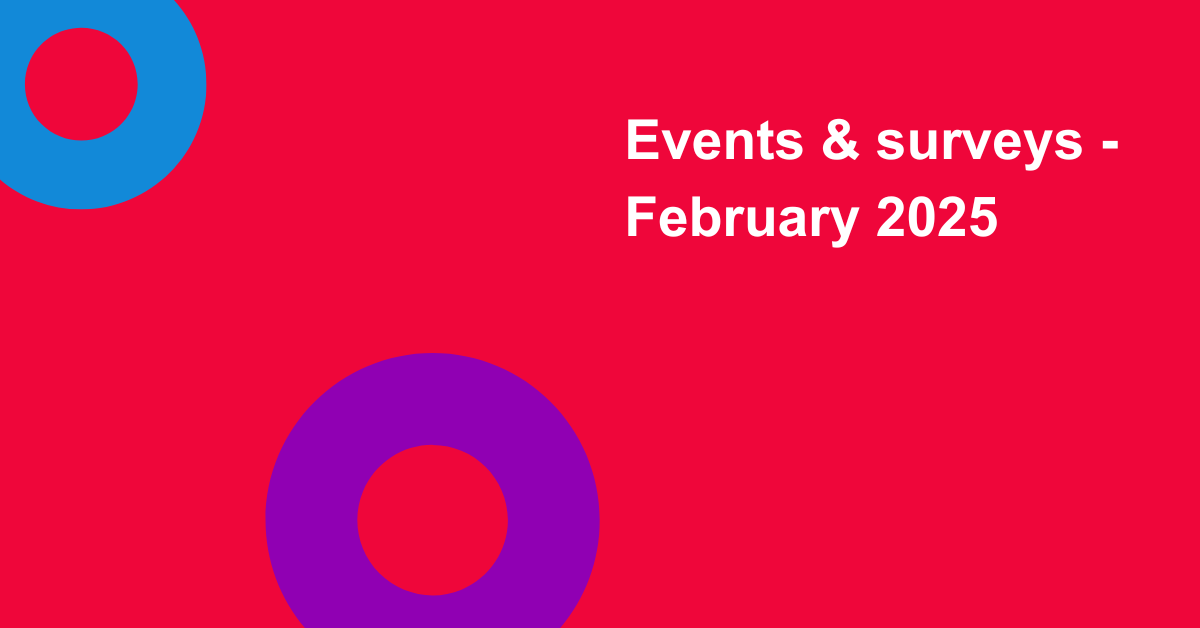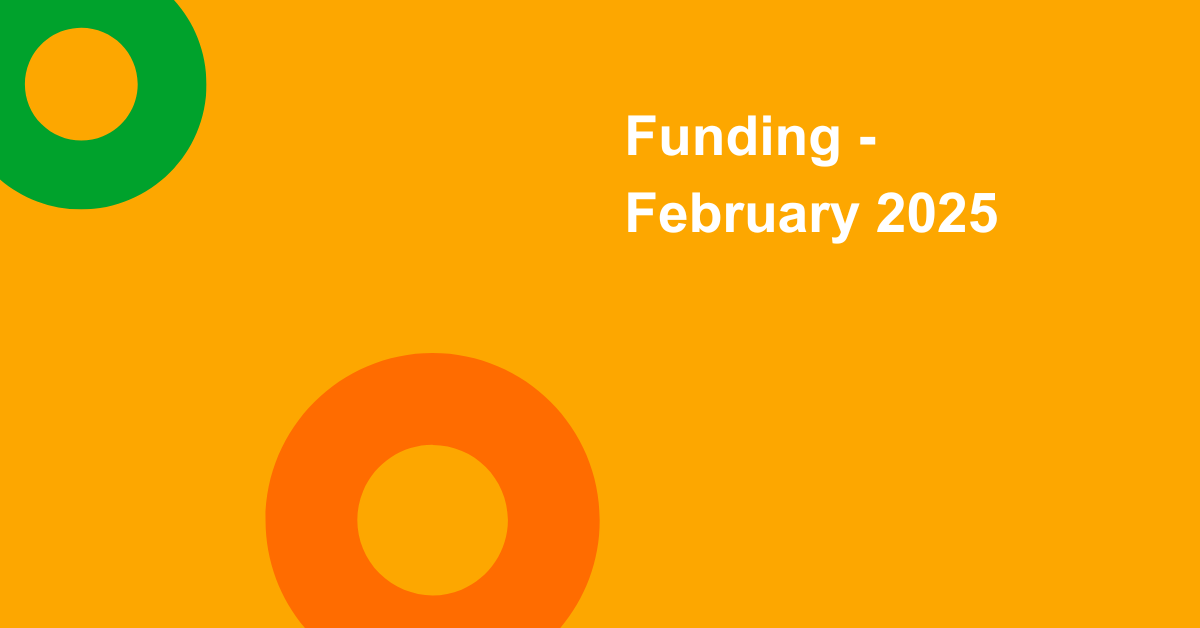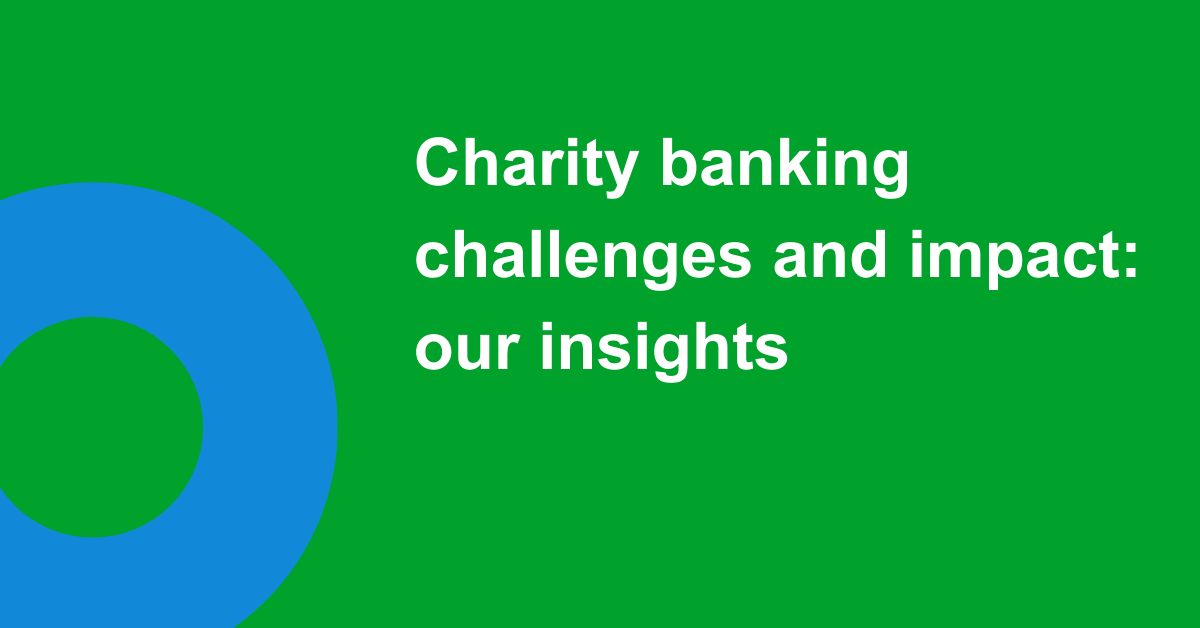Voluntary Action Camden – Best practice
The Social Prescribing network spoke to Donna Turnbull, Community Development Manager about how Voluntary Action Camden has managed to become a key part of the NHS medical pathway for their borough together with some top tips for how you could do this too. Donna manages the Community Links ‘first point of access’ part of the Care Navigation and Social Prescribing Service in Camden. This case study aims to highlight the value that the voluntary sector can bring to NHS structures when they are embedded in the NHS medical pathway.
The Partnership
We have worked with the Camden Clinical Commissioning Group (CCG) since 2013 to develop a social prescribing approach along with organisations we now collaborate within this model. The approach is still developmental.
The contract holders, Age UK Camden manage the Care Navigation part of the service for people with complex needs. They employ and manage some of the service’s Social Prescribing Link Workers for Primary Care Networks. Run by the London Borough of Camden, Wish Plus is also part of the service. This relationship supports easier referral into council or specific types of services, such as housing repairs.
Our working culture and relationships built through service development with the CCG and local council enabled a coherent collaborative ‘pivot’ during the Covid-19 emergency. This meant that we were involved as the first port of call in the medicine’s pathway for residents and able to meet emergency needs.
Why did this work?

We would identify the following areas as assisting us in supporting the community during the pandemic due to:
- The three teams within the service being used to working together and to the challenges of social prescribing at different needs and levels;
- Good communication already in place with commissioners;
- Leaflets with our number and email address were already in circulation in the community;
- Our freephone service number provided easy access for people in need which meant efficient triaging to the right support;
- There was already a secure NHS email address used largely by GPs and social workers to make referrals. As well as a community email used increasingly by residents’ self –referring, and local community organisations who were contacted by residents with higher support needs than usual;
- Prior knowledge and relationships with local VCSEs, council etc;
- Clean, good quality, real-time data from social prescribing referrals showed the emerging need and pressure points. Mainly food and medicine in mid-March and April. Later, the picture expanded with domestic violence, debt, mental health and employment support needs;
- Staff dealing with the first point of access to the service already worked remotely via phone and email. This made the transition to home working easy. Residents calling VAC lines could still speak to someone as all office phone numbers were redirected to mobiles.
These ‘Covid-19 friendly’ systems helped residents by…
Residents generally getting immediate support from using the Care Navigation and Social Prescribing Service.
- The team’s ability to work flexibly adapting their hours to cover the whole week and evenings too. This was most intense from mid-March to the end of May;
- The first six weeks were largely urgent requests, our structures and staff commitment spreading hours over seven days where needed, enabled us to respond to this;
- We could easily adapt our systems for emergency circumstances;
- We had good intelligence from the wider voluntary and community sector;
- Voluntary Action Camden kept a live directory, which meant that we knew what was happening in terms of emerging service provision for residents.
Timeline
Please click on the image below to enlarge.

By the end of March 2020 North Central London (NCL) CCG team approach Voluntary Action Camden because:
-
- Commissioners were aware of our ability to respond to residents needs due to the structures outlined above;
- Commissioners recognised we were very well placed to be able to support the NHS in terms of access;
- We were proactive and helped tweak their pathway. Becoming the access point, but ensuring we kept an eye on volume and our capacity;
- We knew our social prescribing infrastructure could support it and could see where the gap needed filling;
- Age UK Camden added capacity to the service to handle hospital discharge by turning around their Community Connector team unable to do their usual jobs.
Going Forwards
From April the medicine pathway has been in full use and worked pretty efficiently all through the height of the emergency response. Many pharmacies had stopped deliveries because of capacity issues. By the end of April, even Boots started referring people to us to get a delivery organised!
Whilst the demand started to drop from the end of July it has remained a consistent part of the Care Navigation and Social Prescribing offer. As contact tracing and testing has developed, we have identified new people who are self-isolating.
A second wave
In July NCL contacted us to find out what would happen in a second wave and how we would cope. We informed them that we still had the infrastructure in place which we could easily pivot into a busy pathway again for the second wave.
Conclusion so far
Volunteers have been key to the success of this. Good Gym in particular, who helped the pathway operate without problems because of their efficient technology and structures.

The management of the pathway has been pretty light touch. It doesn’t require lots of meetings, it is straightforward and seems to work well. Any issues have been very localised and sorted out on the frontline e.g. social prescribing service and volunteers making deliveries.
Money to support extra capacity and/or to alleviate the loss of income some VCSEs were facing took a while to come through. This made things very difficult for VCSEs who were dependent on generated income and couldn’t pay staff etc. On a positive note, London Borough of Camden took swift action alleviating our rents.
It wasn’t all plain sailing though, the way VCSEs are funded can be problematic. Funding is often project focussed, rather than flexibly funding an organisation to deliver outcomes and trusting them to do that. Thus, being in a better position to respond and change quickly. Commissioners and VCSEs must work together to build in this flexibility. Recognising the value of resourcing staff and core costs of an organisation, particularly now that we are in a second wave.
Top tips for other boroughs
- Good Data, sharing, and telling the stories around it to your commissioners and collaborators;
- Building on good relationships and having regular communication between teams and organisations;
- Being flexible, and open to continuous learning and development;
- Using what you have, not reinventing the wheel – very asset-based approach;
- Not being afraid to take risks or make changes, rather than taking a fixed project delivery approach – which unfortunately is what many funders resource. We have been fortunate in having commissioners who have taken a less risk-averse approach. They were supportive when we wanted to use what we had to deliver on emergency needs in Camden.
- Our freephone number and data enabled us to see early in March what was happening.i.e. support needs like food and prescriptions coming through. This meant that we had the evidence to alert commissioners as things were developing.
- By creating a flexible model, we were able to respond to those support needs and offer a successful route becoming embedded in the NHS medical pathway as the first point of contact.
- Discuss with your commissioners/lobby funders about investing in core costs and staff time holistically. For VCSE led social prescribing this can work well alongside the ‘prescriber’ referral models i.e. PCN’s etc.
-
Using your volunteers and their existing structures to support you e.g. Good Gym
Do you have a similar story to tell? Feel free to contact us at socialprescribing@londonplus.org or head back to the London Plus Social Prescribing resources page for more case studies like this.
